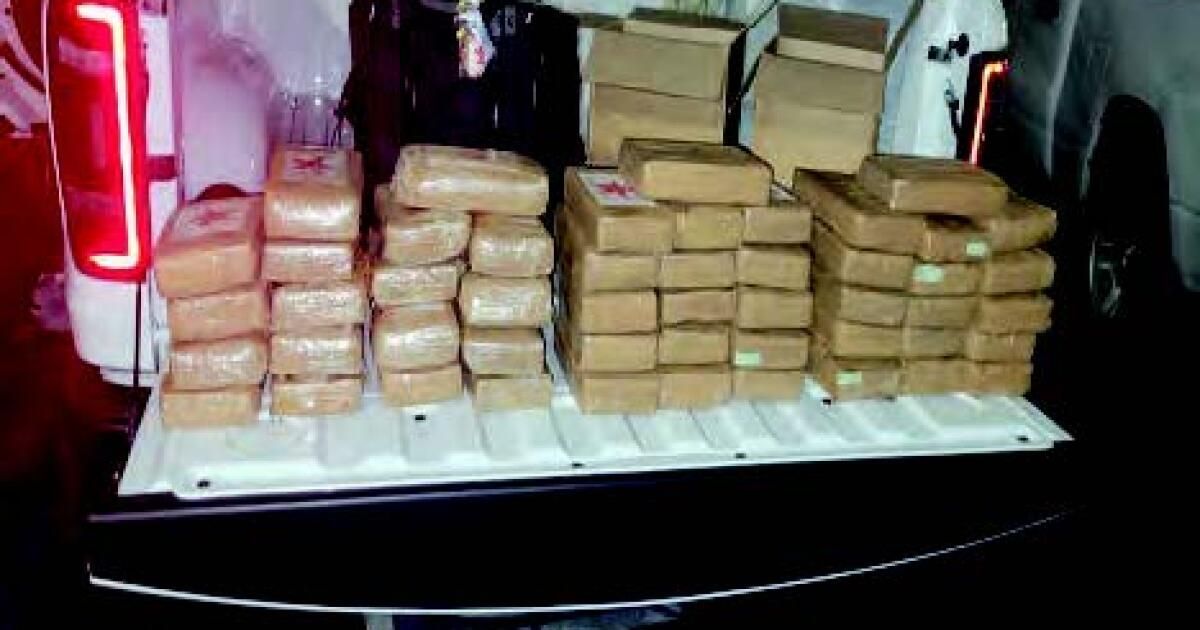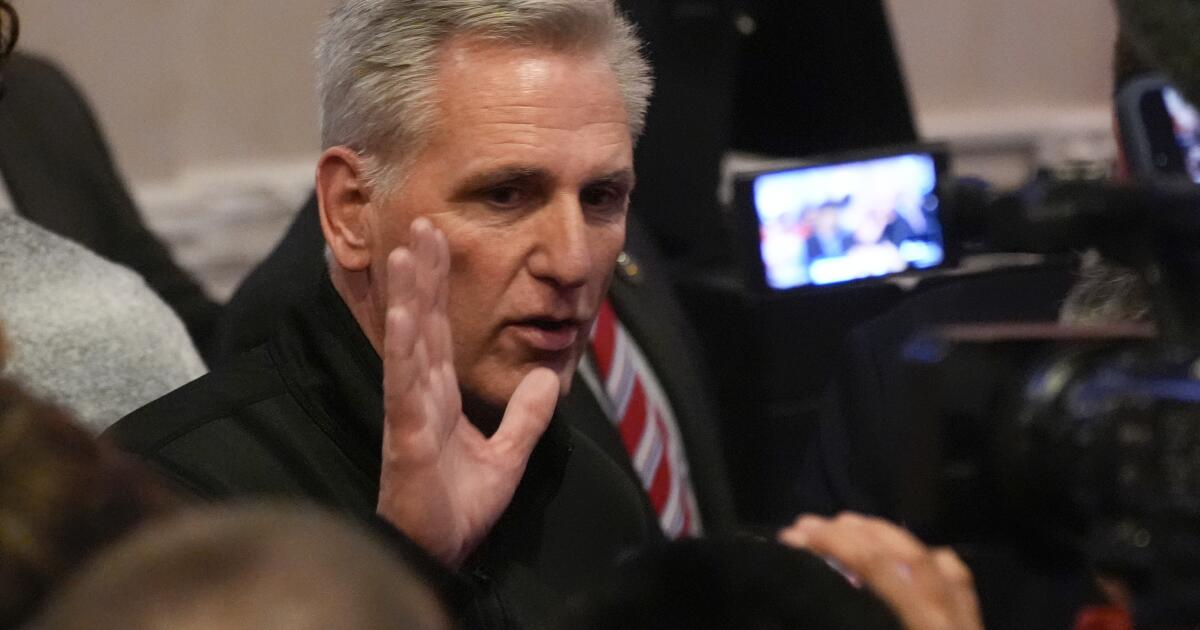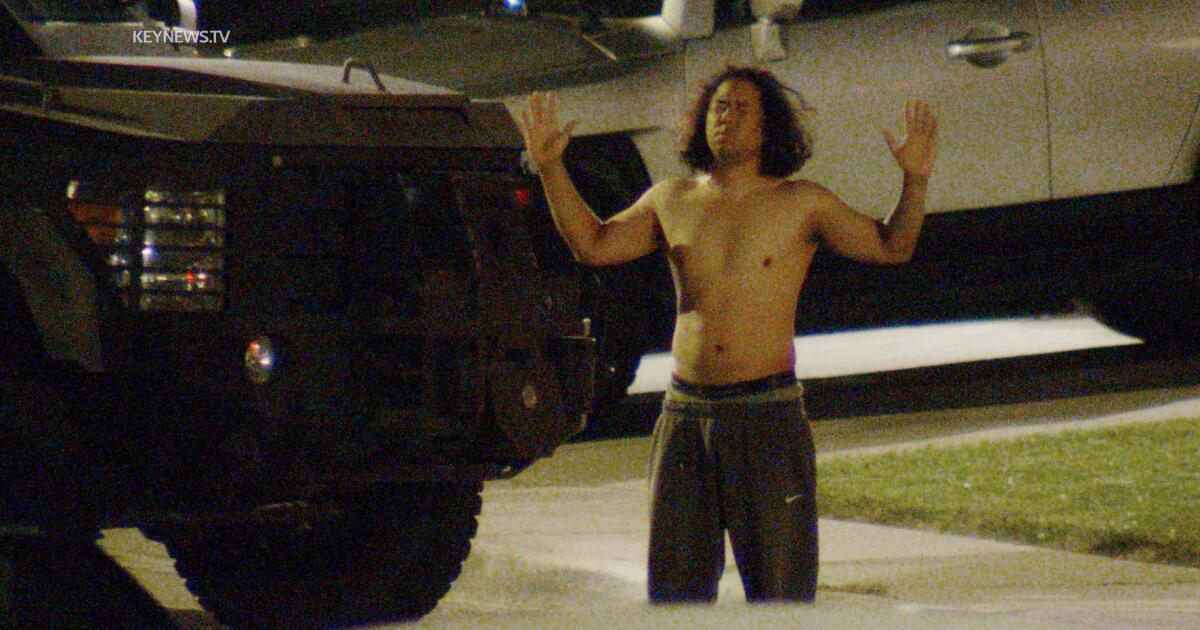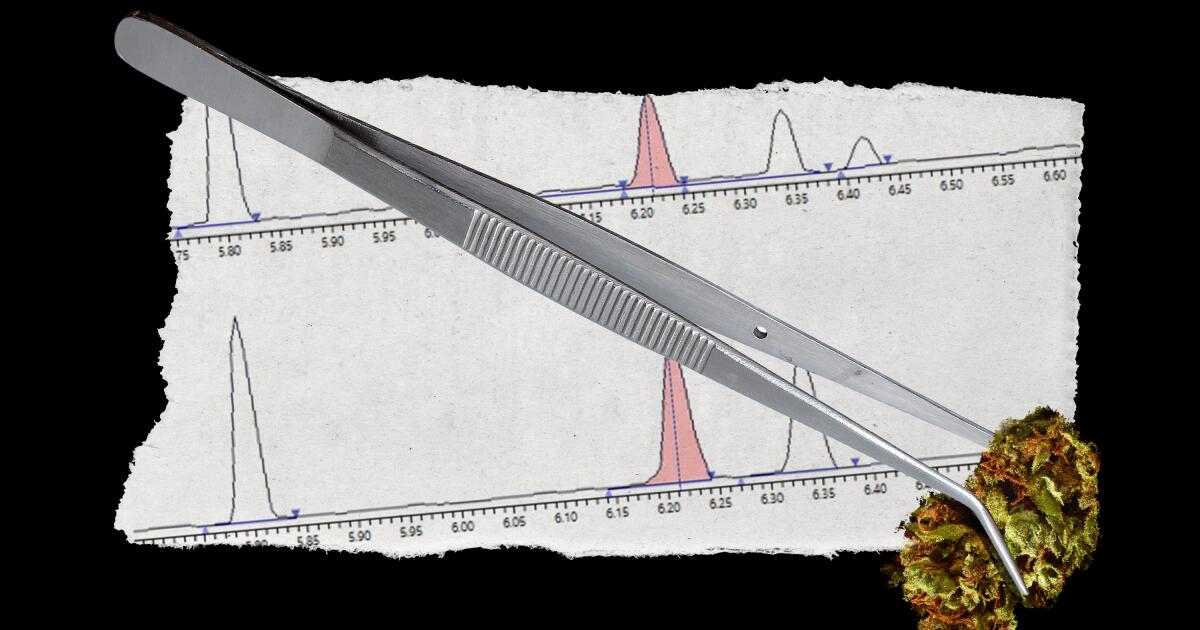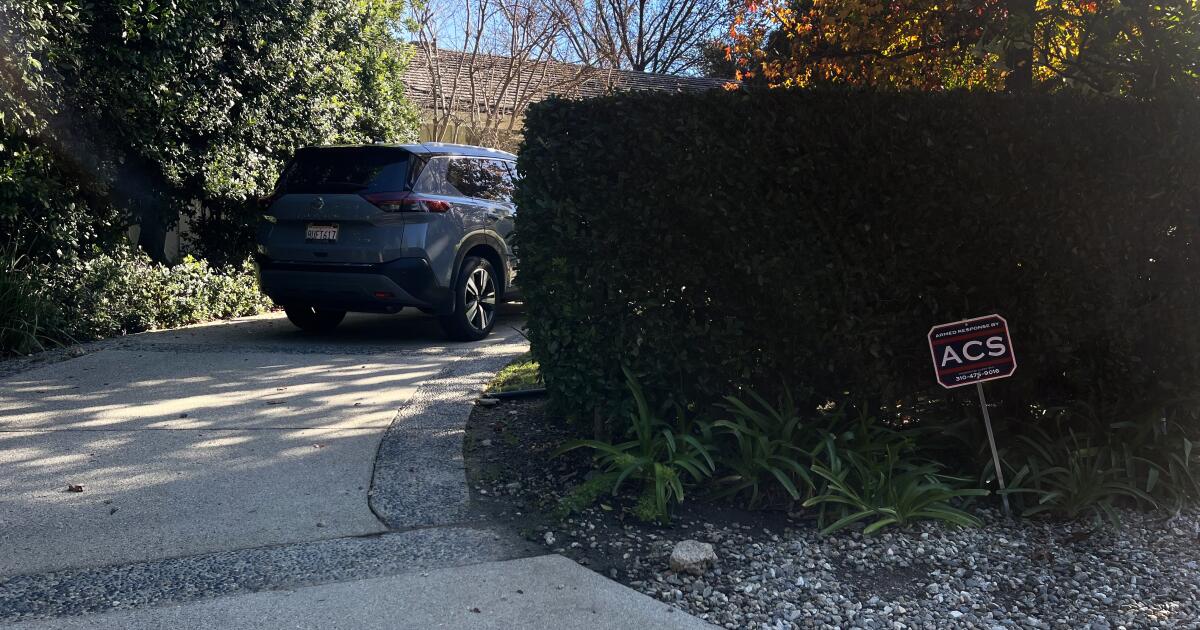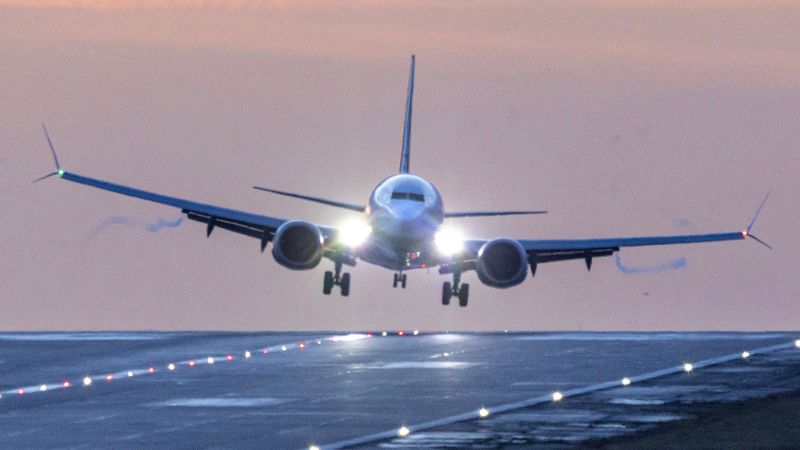With millions in cash piling up in the United States, the Sinaloa cartel needed to funnel profits from the sale of fentanyl, methamphetamine and cocaine back to Mexico.
Federal prosecutors say a network of Chinese nationals in the San Gabriel Valley offered a solution: combine the excess cash of Sinaloans in Greater Los Angeles with the demand of wealthy Chinese residents to transfer their money to the United States. Joined.
U.S. Attorney E. Martín Estrada announced Tuesday that a grand jury indicted 24 defendants (drug traffickers, couriers, stockbrokers and brokers) with conspiracy to distribute drugs, money laundering and operating a money transmission business Unlicensed.
The indictment described a simple system for transferring wealth out of China. The Chinese government has restricted the flow of assets out of the country, creating an underground market for US dollars that drug traffickers need to transfer back to Mexico without using conventional banking systems.
Chinese citizens generally cannot withdraw more than $50,000 a year from the country's financial system. In the money laundering system, prosecutors say, someone who wanted to make a large transfer would contact a broker in California. The broker would then arrange for the drug proceeds to be delivered to the Chinese national's representative in the United States, usually in bulk cash or in a series of “structured” deposits small enough to avoid triggering anti-money laundering controls. money.
Following the broker's direction, the Chinese national would transfer money to a manufacturer in China that produced consumer goods, such as electronics and clothing or chemicals used to make synthetic drugs, Estrada said.
Sent to Mexico, the consumer goods would be sold and the money given to a cartel representative, returning to the cartel the value of the drug dollars purchased by the Chinese citizen in pesos.
The chemicals, on the other hand, would be used to produce drugs such as fentanyl and methamphetamine in Mexico for sale in the United States, triggering the cycle again, Estrada said.
Prosecutors allege that the money laundering ring's leaders, Edgar Joel Martínez-Reyes and Peiji Tong, traveled to Mexico to associate with the Sinaloa cartel in 2021. The men were photographed together in a car at the San Francisco border crossing. Ysidro, returning from what authorities said was the cartel meeting.
Martinez-Reyes' attorney did not immediately respond to a request for comment. No attorney for Tong was listed in court records.
According to the indictment, hundreds of thousands of dollars in drug money changed hands at a time, packaged in shopping and duffel bags, purses, backpacks and foil-wrapped packages. DEA agents observed the trespasses at the Parkwest Bicycle Casino in Bell Gardens, an office complex in Downey and a townhouse in Temple City.
An alleged courier is accused of assaulting a federal officer after he crashed his Lexus ES350 into the officer's car, trying to flee with $598,000 in vacuum-sealed bills inside his sedan, the indictment says.
Estrada said the ring laundered more than $50 million in drug money over several years. Anne Milgram, DEA administrator, said Sinaloans embraced the San Gabriel Valley-based organization because it charged a commission of 0.5% to 2% of laundered cash, compared to the 5% fee. at the 10% charged by traditional money laundering networks. .
Milgram said the San Gabriel Valley network also collected a commission from wealthy Chinese citizens who bought dollars from the Sinaloa cartel.
These Chinese citizens wanted to move their money to California to buy real estate, pay tuition and make investments in the U.S. financial system, Estrada said.
Prosecutors “had no direct evidence” that Chinese nationals knew they were buying the proceeds from sales of fentanyl, methamphetamine and cocaine, Estrada said, but anyone using an underground banking system that deals with large amounts of cash “You should suspect where that money comes from.” .”

